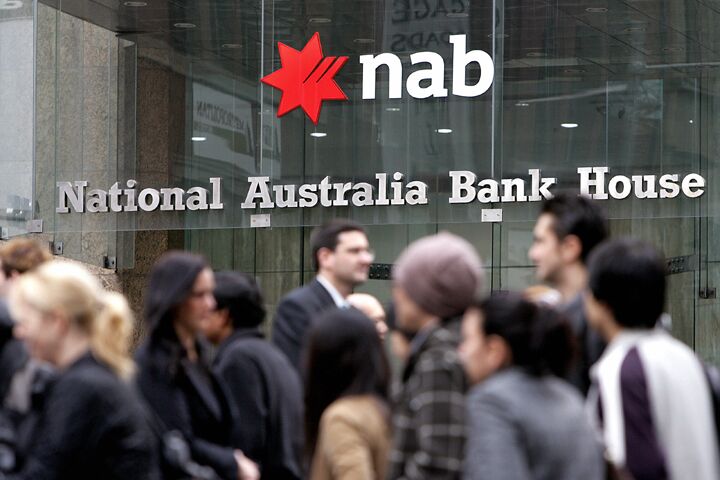
Aussie Bank to Bring America’s Biggest Bankers to Their Knees?
July 25 was a particularly bad day for Australia’s four biggest banking stocks. In a matter of hours, $16.2 billion in stockholder value was erased from existence—the worst fall since Black Monday in October 1987.
Investors jumped ship following the decision by the National Australia Bank to take a 90 percent write-down on a chunk of mortgage-backed assets that were supposedly aaa-rated. Yet, the full implications of the announcement were largely missed by the media. To them, July 25 was just one more bad day in a bad year in which Australian financial stocks ground lower and lower.
The “aaa” assets in question were bundles of U.S. mortgages that National Australia Bank (nab) had purchased for around $1.2 billion prior to the U.S. real-estate and lending bubble bust. The problem with the mortgages arose after American home valuations plunged and homeowners began defaulting on their mortgages in record numbers. All of a sudden, the market for mortgage-backed investments dried up, and no one wanted to buy the formerly triple-A-rated securities anymore.
So the accounting question that American banks faced was: What is a bundle of mortgages worth when nobody is willing to bid on them at auction? This was an important question because U.S. banks and investors held “trillions” worth of mortgages.
So banks used fancy computer models and mathematical equations to come up with the answer for accounting purposes—typically valuing their mortgage holdings near or somewhat less than what they paid for them. The result was the banks’ balance sheets continued to look strong, even though house prices were plunging and defaults were rising. As long as no one technically knew what the true market value of the mortgage bundles were, no losses need be admitted, and the game could continue.
But, if a bundle of mortgages was sold, then a market value could be determined, and the banks would have to adjust their accounting books accordingly, marking their investments to market value. Because the mortgage attrition rate has been so fearful, U.S. banks have been doing just about everything possible to avoid having to find out what their investments are actually worth.
But now nab has let the cat out of the bag. nab has revalued its package of U.S. mortgages down to about 10 cents on the dollar. Now U.S. banks will face pressure to similarly down-mark the value of their portfolios of mortgages. The losses could be huge.
“The National Australia Bank’s decision to write off 90 percent of its U.S. conduit loans will have dramatic repercussions around the world,” reports the Business Spectator. “Wall Street will be deeply shocked when they understand the repercussions of what nab has done. It is clear global banks have nowhere near provided for their exposures to U.S. housing loans which … are experiencing a ‘meltdown.’”
But it could even be worse—and the losses are snowballing.
The nab write-down was apparently linked to Merrill Lynch’s recent write-down, which was announced four days later. Merrill Lynch sold a bundle of mortgages with a face value of over $30 billion for 22 cents on the dollar.
But here is the real kicker. Merrill actually sold the mortgages for much less than was reported to the media. In Merrill’s press release, it was revealed, “Merrill Lynch will provide financing to the purchaser for approximately 75 percent of the purchase price.”
According to analyst Morgan Housel, the sale terms also say that if the mortgages go bad, the buyer is not on the hook for the Merrill loan either. “To put it another way, if there wasn’t a we’ve-got-your-back loan attached to the sale, it’s almost certain that [the purchaser] would have only agreed to purchase the assets for much, much less than $0.22 on the dollar.” The real purchase price is probably closer to 6 cents on the dollar.
If you think it is beginning to sound like a peanut shell game, where banks have been desperately trying to cover up losses, you are probably more right than wrong.
But U.S. banks’ balance sheets are probably about to get whacked again, as nab and Merrill force the big banks to own up to the current market value of many of their mortgages. “U.S. banks have written down $450 billion in bad housing loans,” notes the Business Spectator. “The revelation from nab means that they will now certainly need to take provisions to $1,000 billion. But write-downs of $1,300 billion and perhaps even more are on the cards.”
Many banks will fail, merge or be bought out, and the credit crunch could easily intensify. Jobs will be lost, and it could become much more difficult to get a loan or qualify for a credit card. For an economy that is so reliant on consumer spending fueled by borrowing, the fallout from a banking crisis will not be pretty.
